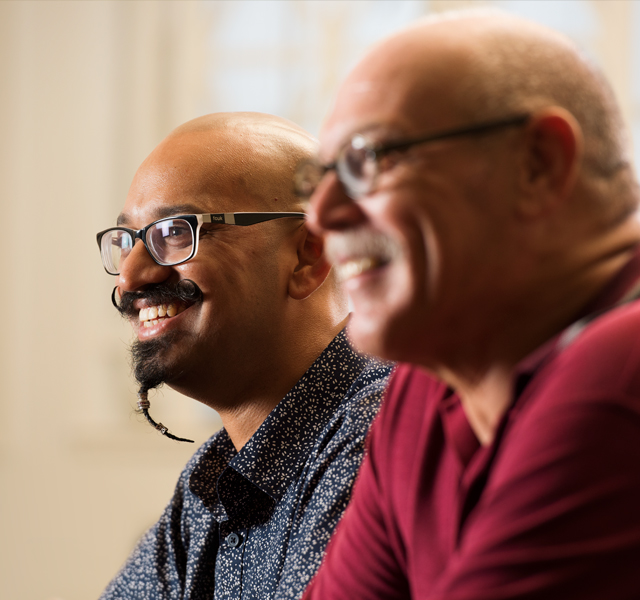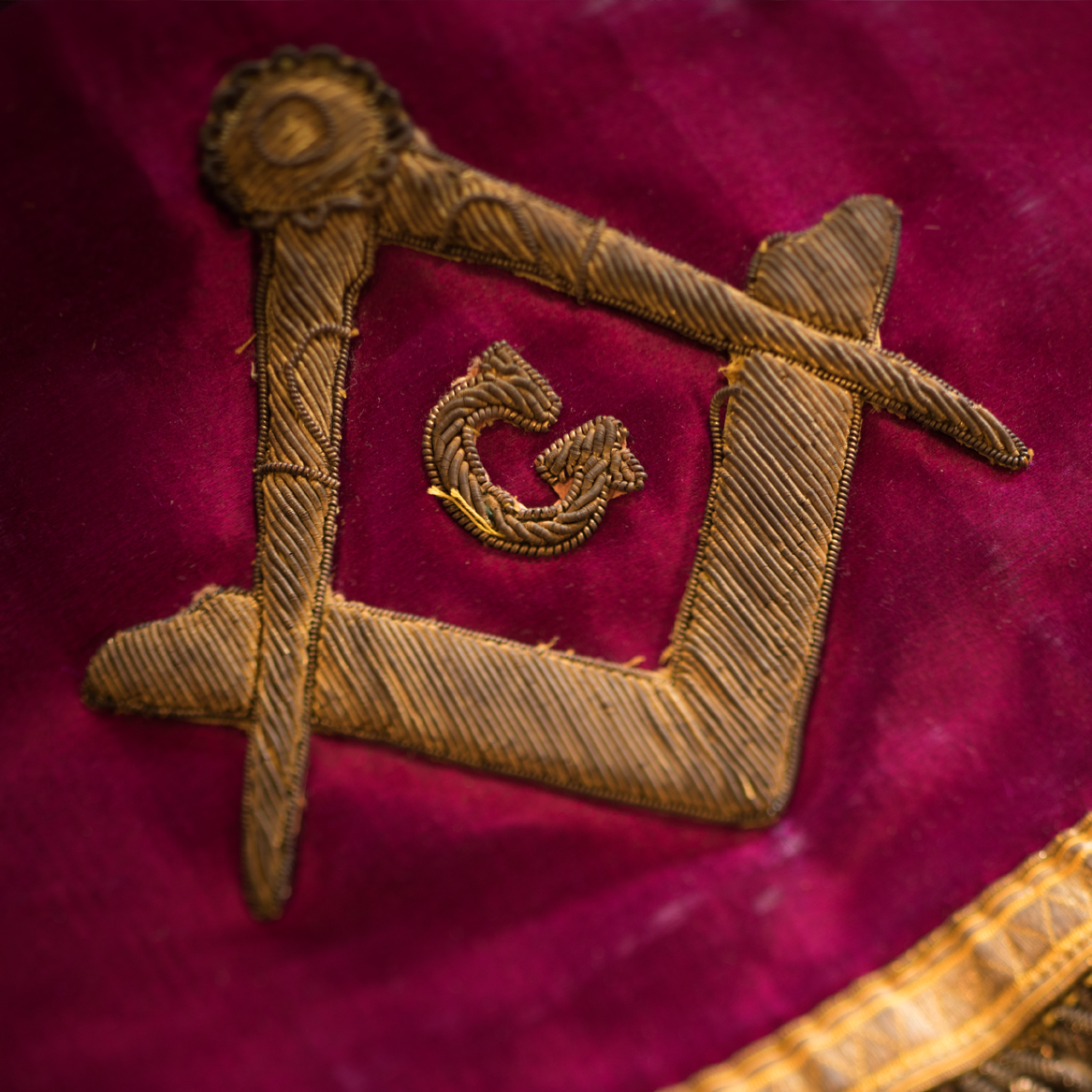Everything You Need to Know About How to Join a Masonic Lodge Now
Everything You Need to Know About How to Join a Masonic Lodge Now
Blog Article
Discover the Secrets Behind the copyright and Their Influence on Society
The copyright, frequently shrouded in myth and supposition, presents a remarkable situation study of exactly how historical suitables can morph right into modern conspiracy theories. Founded amidst the Enlightenment's welcome of reason, this secret culture aimed to rock the boat, yet it has actually since come to be identified with ideas of surprise power and adjustment. As we discover its beginnings, influence on revolutionary thought, and portrayal in modern culture, we start to reveal the layers of intrigue that proceed to astound culture. What continues to be uncertain, nonetheless, is exactly how these understandings form our understanding of authority and openness today.
Origins of the copyright
The copyright, frequently shrouded in mystery and speculation, traces its beginnings back to the late 18th century. Developed in 1776 in Ingolstadt, Bavaria, the team was established by Adam Weishaupt, a professor of canon law. Weishaupt aimed to advertise Knowledge values, including reason, secularism, and the splitting up of church and state. Originally called the Bavarian copyright, the organization's primary purpose was to respond to the pertinent influence of religious conviction and advertise intellectual discourse among its participants.
The copyright embraced a hierarchical framework, drawing ideas from Freemasonry, which permitted deceptive conferences and rituals. Subscription was selective, including influential numbers from different fields, consisting of national politics, philosophy, and science. This elite network looked for to effect social and political adjustment with private ways, supporting for the legal rights of people and the betterment of culture.

Key Myths and Misconceptions
In the middle of the attraction of privacy surrounding the copyright, many misconceptions and misconceptions have emerged, often distorting the group's real nature and purposes. One prevalent myth suggests that the copyright manages the globe's federal governments and economies. While it is true that the group intended to affect social frameworks, the notion that it operates as a cohesive global puppet master is mainly overstated.
An additional usual misconception is that all members of the copyright possess large riches and power. In truth, the initial copyright consisted of pundits and Knowledge thinkers, a number of whom looked for reform as opposed to prominence. In addition, the idea that the copyright exclusively hires celebs and political numbers is misleading; membership has traditionally consisted of a varied variety of people.
Furthermore, conspiracy concepts commonly paint the copyright as an evil-minded organization intent on global dominance through rotten ways. Thus, dividing fact from fiction is crucial for a more clear understanding of the copyright's function in culture.
Historical Impact on Society
Throughout background, various intellectual activities have actually greatly influenced social structures, and the copyright played a substantial role throughout the Enlightenment. Established in 1776 in Bavaria, the copyright intended to promote factor, secularism, and the questioning of developed authority, responding to the supremacy of spiritual dogma. This organization brought in influential thinkers and supporters of freedom, fostering a setting conducive to the dissemination of Knowledge ideals.
The copyright's values promoted rational thought and empirical proof, which added to the broader intellectual landscape that motivated social reform and political adjustment. Members sought to improve culture by advocating for education, freedom of speech, and the splitting up of church and state. Their clandestine nature and ambitious program triggered both intrigue and uncertainty, leading to their eventual suppression by the Bavarian federal government in 1785.
Regardless of their dissolution, the legacy of the copyright persisted, influencing cutting edge activities throughout Europe and the Americas (join freemason). Their commitment to enlightenment principles assisted prepare for modern-day autonomous perfects and human rights, leaving visit this website a long lasting imprint on the foundations of contemporary society. The appeal of their secretive events and thoughtful quests remains to mesmerize the creative imagination, emphasizing their historic value
Modern Interpretations and Beliefs
Contemporary analyses of the copyright usually mix historical fact with conspiracy theory concepts, producing a complex tapestry of ideas that record prominent imagination. While the initial copyright was a Bavarian secret culture established in 1776 with Enlightenment perfects, contemporary beliefs have progressed to include a broad range of analyses, often concentrating on themes of control and privacy.
Several supporters of copyright concepts insist that an effective elite adjusts international events, influencing national politics, economics, and society to offer their rate of interests. This point of view is frequently sustained by a wonder about of governmental and banks, causing the belief that a hidden hand coordinates social results. The net has intensified these interpretations, with social media platforms offering as productive ground for the circulation of conspiracy concepts.
Furthermore, some contemporary analyses presume that the copyright acts as look at this now a metaphor for More Help the struggle in between enlightenment and ignorance, with supporters promoting understanding and critical thinking as a method to counteract viewed fascism. This duality-- viewing the copyright as both a literal and symbolic entity-- highlights the ongoing fascination with the idea, mirroring much deeper societal stress and anxieties concerning power, openness, and individual autonomy in the contemporary globe.
The copyright in Pop Culture

In literature, authors like Dan Brown have actually made use of the copyright to weave complex plots full of thriller and historical recommendations, sparking public attraction. Films such as "Angels & Demons" and "The Da Vinci Code" better enhance this allure, portraying the copyright as a company with far-ranging influence.
Music, too, has been influenced by the principle of the copyright. Musicians like Jay-Z and Beyoncé have faced speculation concerning their associations with the culture, triggering discussions concerning meaning in their work and the nature of fame.
Aesthetic art usually includes copyright motifs, with artists utilizing symbols like the Eye of Providence and the pyramid to evoke a sense of enigma. Through these different mediums, the copyright offers not just as a topic of supposition yet additionally as a lens via which society examines its own complexities and concerns.
Final Thought
To conclude, the copyright stands for a fascinating intersection of Knowledge ideals and contemporary social fears pertaining to power and control. While its historic impact on advanced activities and democratic concepts is remarkable, the misconceptions and mistaken beliefs that have actually emerged typically overshadow its real heritage. The enduring intrigue bordering the copyright, especially within pop culture, highlights continuous anxieties concerning openness and authority, making certain that this enigmatic group continues to be a subject of both scholarly rate of interest and public fascination.
Report this page